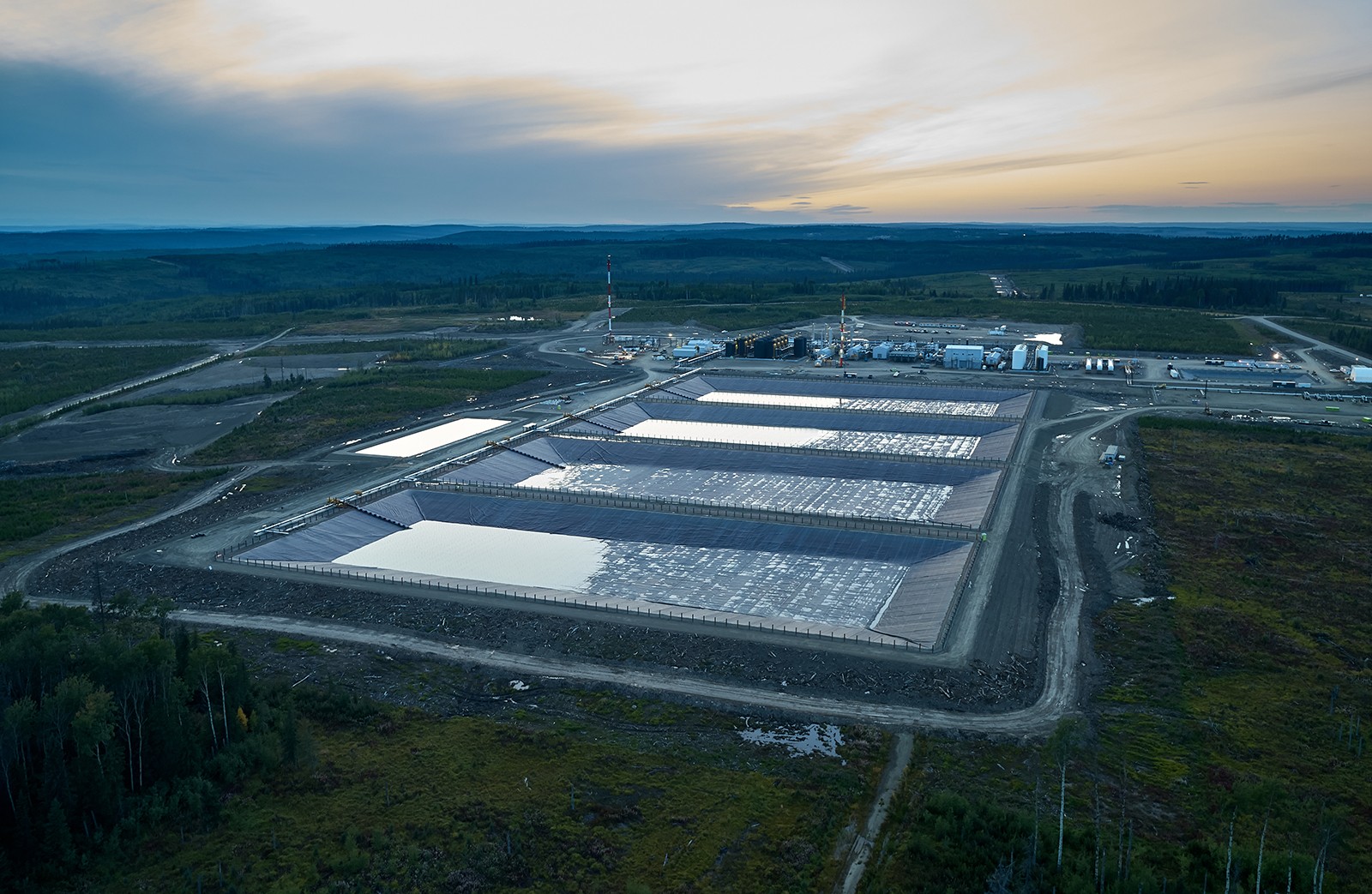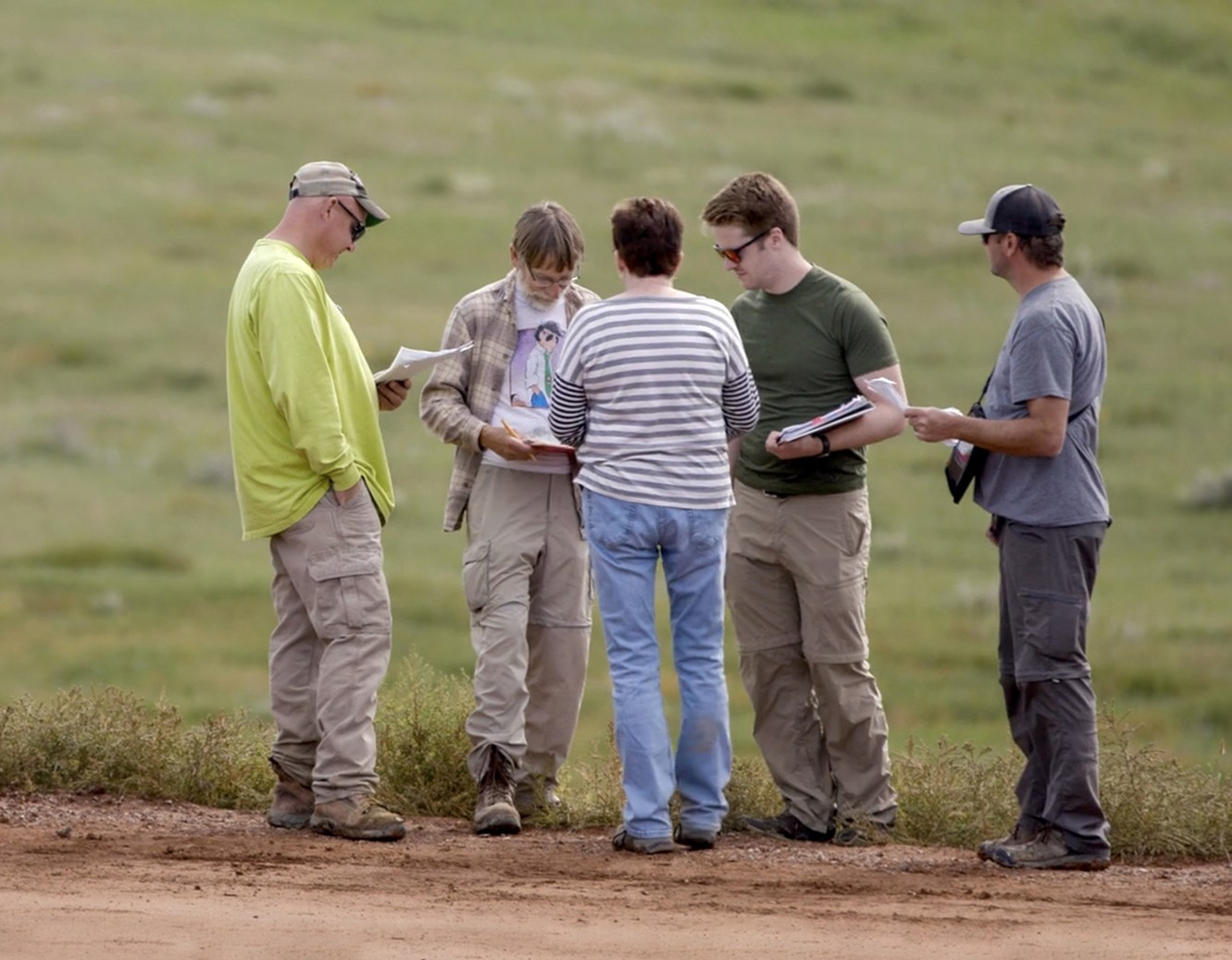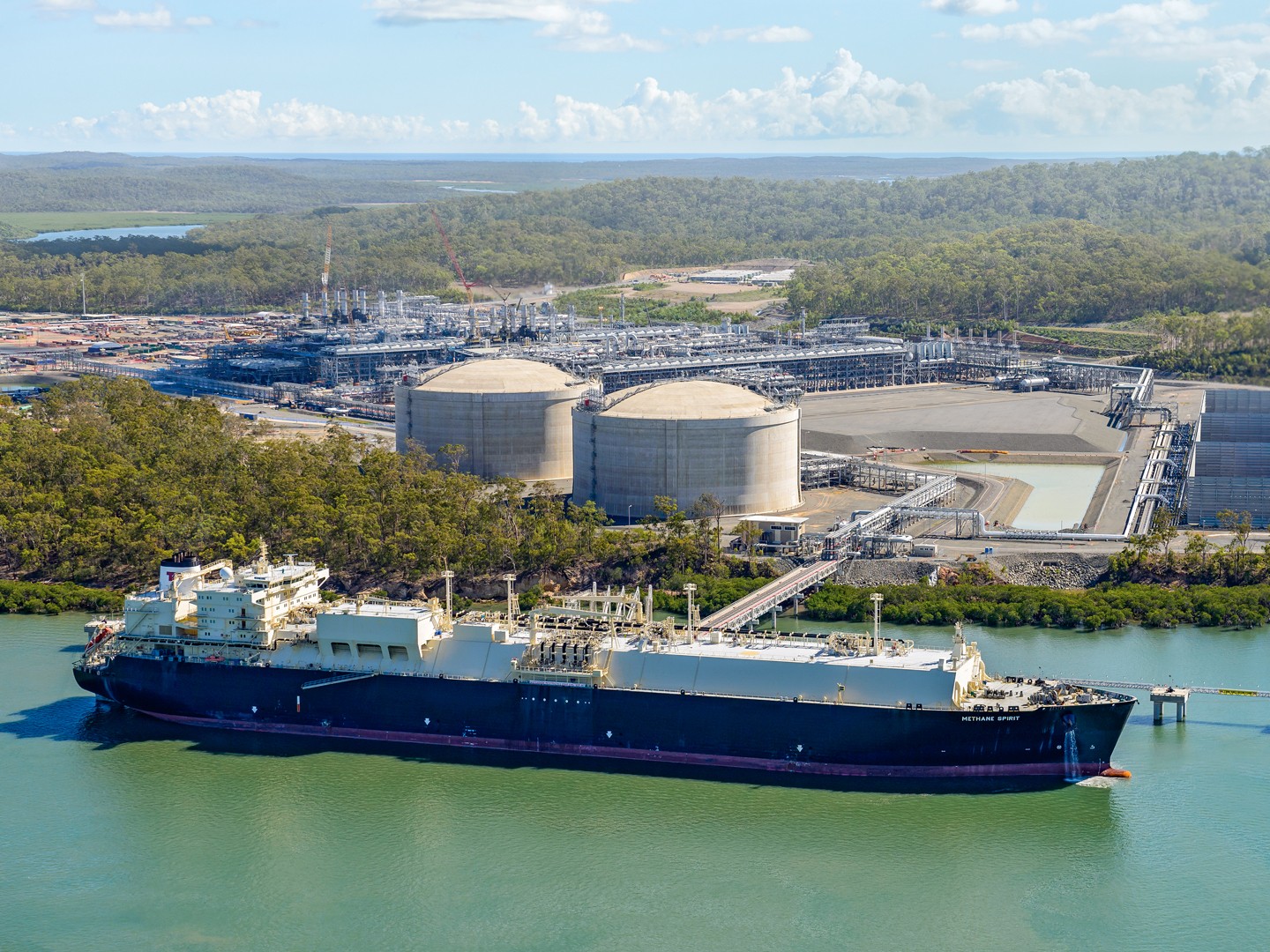
PHOTO: A Bakken wellsite in the Badlands of North Dakota.

Reducing the impact of our operations and minimizing and mitigating potential effects at the local level is important as we work to be competitive both financially and with our environmental and social performance. Across the globe, we aim to integrate sustainability into planning and decision making.
This includes water sourcing and management, which is an essential component of our drilling and completions activities. In the Delaware Basin of the Permian and at Canada's Montney development, produced water reuse was identified as the best option, economically and environmentally, for full-cycle water management. Produced water is recovered from wells along with natural gas and oil production, so there is both an environmental and an economic incentive to reuse it whenever feasible.


At our Australia Pacific LNG (APLNG) facility, managing the potential for large volumes of rainfall to fall on and near the facility was one of our early planning challenges. We explored different ways to manage storm and wastewater to minimize water releases as we worked to protect a range of critical environments within the Great Barrier Reef World Heritage site. New data indicates that stormwater releases have resulted in no noticeable adverse impacts near the facility.
To minimize our operational footprint in North Dakota, we conduct a thorough review of the species, ecosystem and cultural components of the area early in the planning process as we consider the location of our wells and facilities in the Bakken area.

We also work with local stakeholders to understand and address their concerns. After the Bureau of Land Management (BLM) published the Draft Environmental Impact Study (DEIS) for our proposed Willow development, residents on Alaska’s North Slope expressed concerns about a proposed gravel island built specifically for unloading sealift modules. This prompted us to re-evaluate our plans and propose a new solution for managing construction modules.


2019 Sustainability Report
Read more about our environmental and social performance
in our 2019 Sustainability Report.
